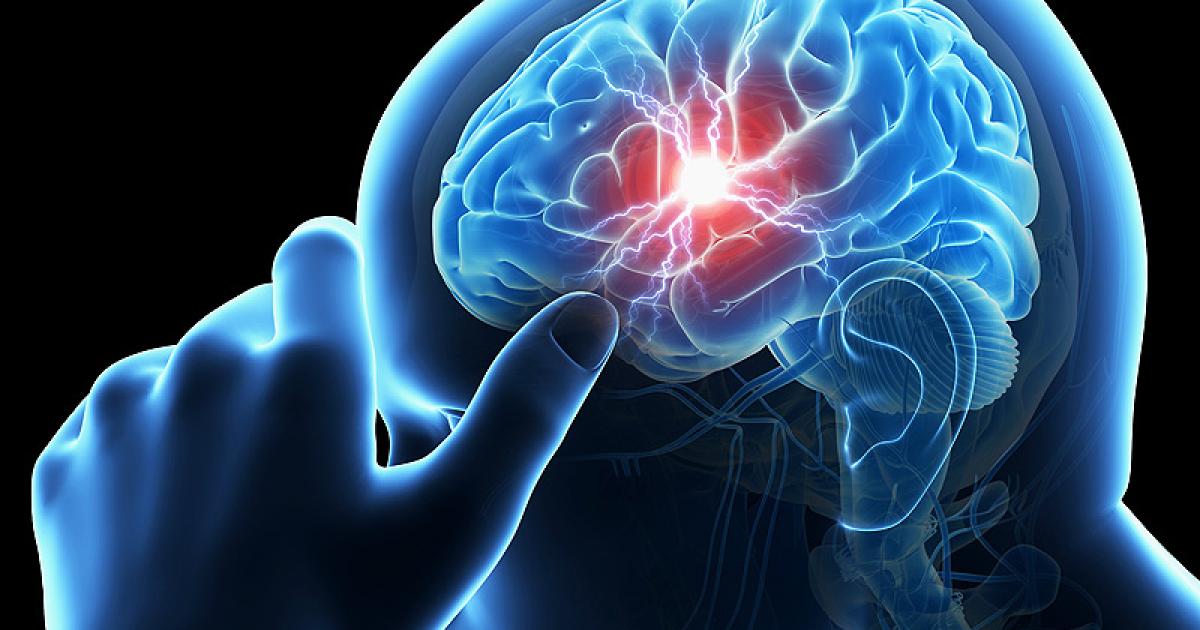What Causes Dystonia?
Dystonia is a disorder that causes a patient to develop involuntary muscle contractions. These contractions can trigger repetitive movements and posture abnormalities, and they may affect a single muscle, a group of muscles, or the entire body. It is estimated one percent of the population in the United States has dystonia, and women are more likely to develop it than men. Early signs of the disorder include speech difficulties, cramps in the feet, a pulling sensation in the neck, and feeling as though the legs are dragging while walking. Patients may also experience uncontrollable blinking. Children diagnosed with dystonia typically have their first symptoms in the hands or feet. When the disease is diagnosed in adults, they often report experiencing their first symptoms in the upper body. For patients who are adults at the time of diagnosis, dystonia normally stays in one part of the body; this is termed focal or segmental dystonia. Pediatric patients typically experience a more widespread manifestation of this disorder that may affect many parts of the body.
The major causes of dystonia are discussed below.
Altered Nerve Cell Communication

Patients with dystonia typically experience altered nerve cell communication in an area of the brain known as the basal ganglia, which is a group of structures responsible for telling muscles to contract. If the basal ganglia are damaged, it can lead to a type of dystonia called acquired dystonia. This condition may occur due to strokes, oxygen deprivation, and a brain injury or tumor. It may also develop in individuals who have certain infections or who have carbon monoxide or lead poisoning. Treatment for the conditions that caused acquired dystonia may reduce some of the involuntary muscle contractions patients experience. For patients who have become disabled due to their dystonia and related conditions, deep brain stimulation may help ease contractions.
Keep reading for more information on the causes of dystonia now.